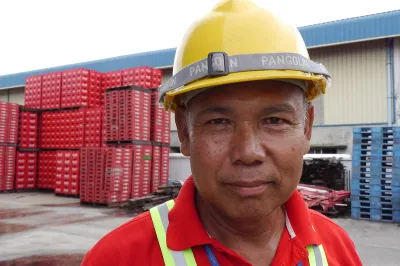Poverty, Structural Transformation, and Land Use in El Salvador: Learning from Household Panel Data
This paper analyzes the role of precautionary demand for land created by the poor people of El Salvador. This is in light of the current land-use pattern, which is leading to more forest land cleared for farm purposes despite Government giving less incentive. Economic activities outside farming are flourishing. The situation is leading to no increase in farm land.
The paper elaborates that it uses panel data collected in four biennial surveys of a nationally represented sample of rural households in El Salvador. The data initially describes:
- Increase in living standards due to diversity of income;
- Households depending upon agriculture showing a downslide in their income.
The paper further establishes a correlation between income trends and poverty:
- Routes to diversification positive relation as dependence on more than one occupation mainly remittances and self-employment;
- Household categories - data shows linkages between diversification and income growth are associated with shifts of some household categories over a time span;
- Changes in land use - data shows a decline in the commercial land use over time, also a decline in the subsistence farming, but there was an increase in the agricultural wage earners during the same period.
The paper concludes by establishing a model and estimation results. Also the paper highlights the implications on transformation in resource degradation due to a shift from agricultural to non-agricultural land.


